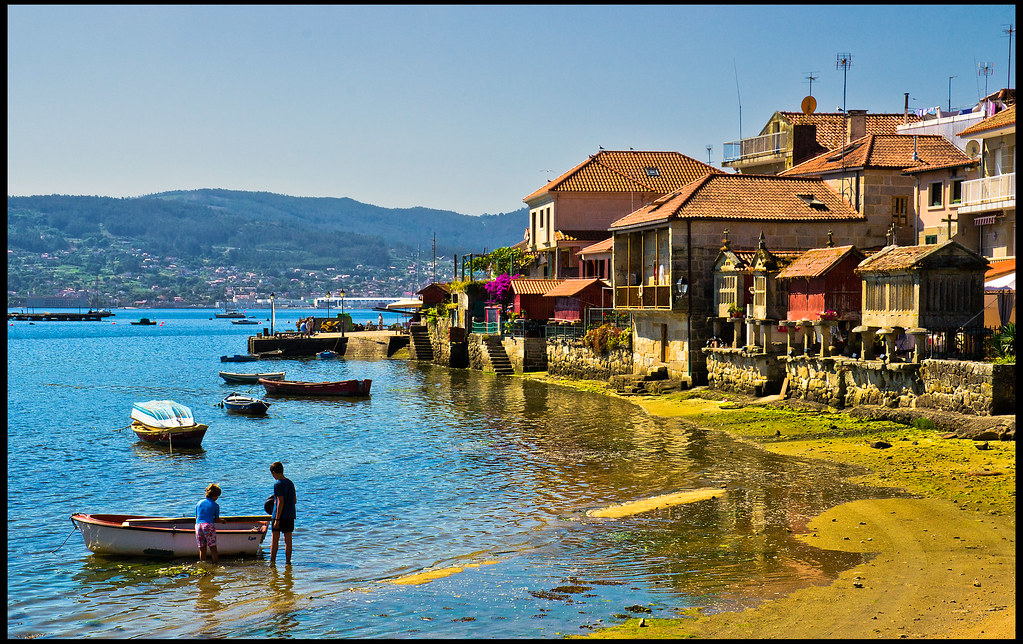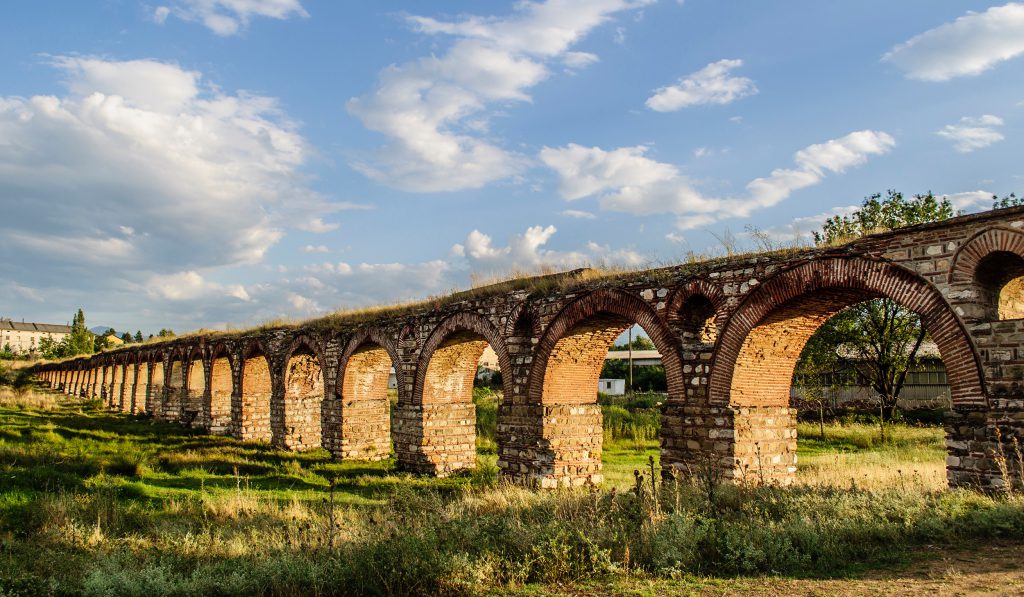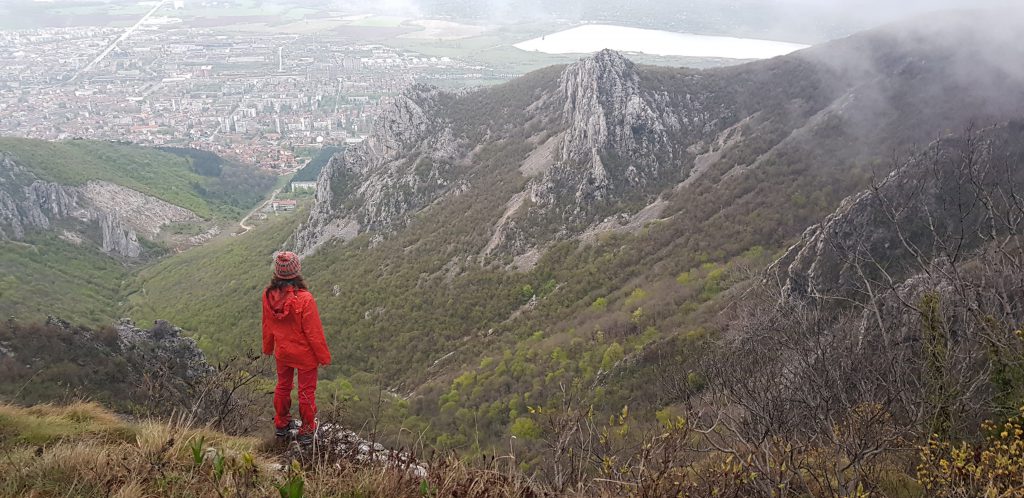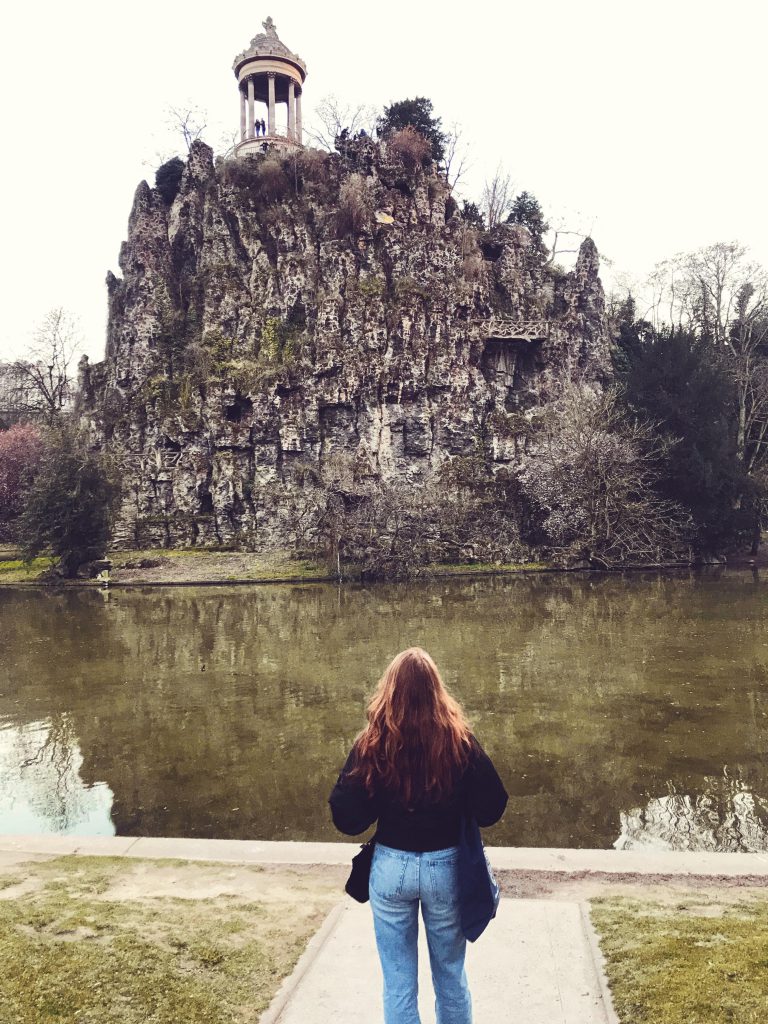A Summery University is a unique experience also because participants can discover “hidden” places thanks to the local organisers. We asked some AEGEEans to share their favourite landscapes that are not so far from the place where they live. Read on and discover the hidden network!
It seems that the situation of the pandemic problem due to COVID-19 is starting to get controlled in the majority of the countries in the world. But the fight against the virus is not over and we still need to put a lot of effort in order to continue in this good line. We all know that some of the consequences will remain at least until the end of the year. This year is going to be difficult and is going to take time to increase the possibility of travelling to other countries. Borders probably will be closed or there will be a lot of restrictions.
When someone asks you about where you have been travelling, how many times did you answer “Actually I have travelled more around other countries than around my own one”. It’s really easy, sometimes it seems easier or more interesting going outside of your country or region. But, if we think about it, there are many amazing places closer to us than we think. So, this article is going to be about this topic, awesome places that are very close to our members and that are worth visiting. Let’s promote this year’s local/regional/national travelling! Not just because of the possible restrictions of international travelling, if not, also, as a way to help the local/regional/national tourism economy that is going to be really affected during this period without almost any international tourists.
Let’s travel first to Castilla y León, one of the biggest regions in Spain. Full of history. In Leon, one of the cities, there are lots of caves dug by the water millions of years ago. Valporquero is the most famous, but Llamazares and Valdelajo are also worth the visit. In Valporquero, there’s also the possibility of practicing underground canyoning. (Pablo Gutierrez, AEGEE-León)

Castilla y León
Combarro: it is a small little neighbourhood within the galician village of Poio (In Spain). It’s famous for all its horreos, which is a typical Galician building in which the farmers used to store the wheat and corn safe from rats. It’s totally by the sea and it’s also full of cruceiros, which are a symbol of Galician culture in relation to fishermen’s traditions. (Asier Rodríguez AEGEE-Bilbao)

Combarro
Sanabria Natural Park, in the Northern region of Zamora is considered one of the richest environments on the iberian peninsula due to its diverse nature and fauna. Sanabria is the place where you can also find the largest lake glacial origin of Spain and third in Europe and altogether belong to the Meseta Iberica Biosphere Reserve, a unique space that extends to Portugal as well. (Saúl Furones AEGEE-Burgos).

Sanabria
Marie-Claire from the AEGEE Sustainability Committee took advantage of the current situation to explore the forest and hilly area in her neighborhood during all different day and night times. This is in Switzerland, Olten.

Olten
The Skopje Aqueduct is an aqueduct and archaeological site located in the neighbourhood of Vizbegovo 2 km northwest of central Skopje, North Macedonia. The Skopje Aqueduct is the only aqueduct in the country, and one of three largest and well preserved in the former Yugoslavia. The aqueduct was used to bring water to the center of Skopje and it was in use until the eighteenth century. (Marijana Asprovska, AEGEE-Skopje).

Skopje
Juliya Gospodinova from the Sustainability Committee and AEGEE-Stuttgart sent us some pictures from a Region of Vratza in Bulgaria.

Vratza
Pitigliano (Italy): Tuscan Treasures. Carved from volcanic stone, the town of Pitigliano is located south of Montepulciano, and not too far from the thermal mineral waters of Bagno San Filippo. The cliffs of Pitigliano, Sovana and Sorano protected the remains of the many peoples who called the Fiora Valley, and its protective peaks, their homes since 2300 BC. (Stefano Morini-AEGEE Torino).

Pitigliano
Parc des Buttes-Chaumont is one of the public gardens in Paris. It’s located in the north east of the city. Even though the garden is quite known by the Parisians, it’s still a preserved place from the tourists. It was created in 1867 by Jean-Charles Alphand, under Napoléon III. One of the particularities of the park is the beautiful artificial lake overhung by the Gazebos Island. The geography of the park is totally artificial and was created by Alphand to please the romantic souls of the 19th century. It’s a perfect illustration of the Romantic Movement. (Lila Quaile, AEGEE-Paris)

Paris
The Pont du Gard is a roman aqueduct located in the South of France, near Nîmes. It was built in the 1st century to bring water to the city of Nîmes. It’s the one of the only parts remaining from a 52km in length aqueduct. Nowaday you can take a walk on it and admire the view. You will see a typical landscape from the region called “Garrigue” which is a mix of small trees like olive trees, bushes and limestone rocks. It overhangs a river called “Gardon”. During the summer you can swim and rent kayaks or canoes. There is also a museum that goes along with the monument, describing the construction of the aqueduct and the roman civilization in the region. (Lila Quaile, AEGEE-Paris)

Nîmes
Koufonisia are the islands of Pano and Kato Koufonisi, which belong to the Small Eastern Cyclades. Pano Koufonisi is characterized by picturesque Cycladic streets, freshly paved houses and the characteristic white windmill to the left of the waterfront. A place suitable for hiking, as all distances can be easily covered on foot. It takes about two hours to walk all over the island and return, which makes the car unnecessary. Kato Koufonisi is uninhabited, ideal for camping and alternative holidays. Koufonisia is the ideal place to recharge your batteries, eat good food, enjoy the Cycladic tradition and beautiful beaches! (Erifyli Evangelou, AEGEE-Athina)

Koufonisia
We would like to thank all the persons who collaborated in this article and sent their special places. Some of you people sent that many places that we couldn’t put all of them, but we are so grateful for your enthusiasm! Actually, we will make a second part mentioning other places!
This is just a short view that we have amazing places really close to us, so if this summer you can not travel to other countries, just take a map, and see the amazing beauty you have around you. See you in part two of this article!


